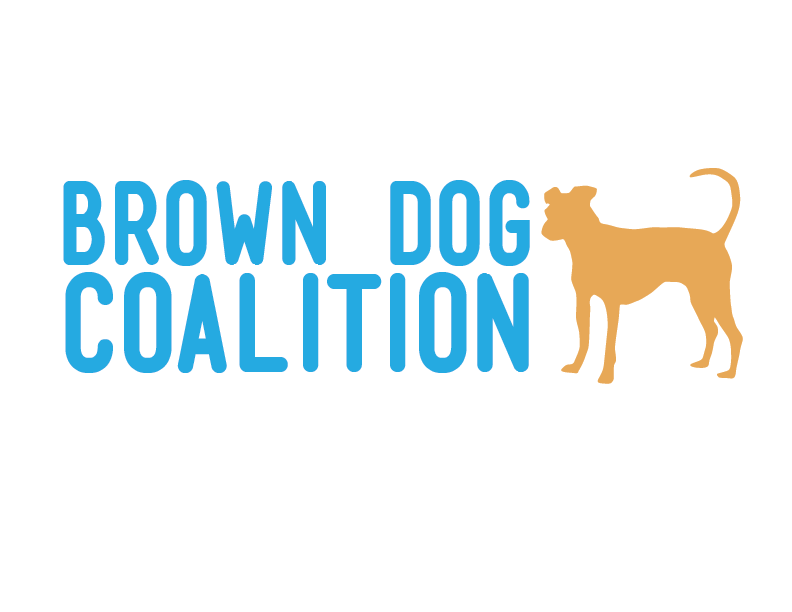Bringing Your
New Dog Home
Pre-adoption plan
• Before you come to meet your dog, take time to go through your home and pick up anything you don’t want chewed/ruined from the floor/countertops.
• Make and freeze a KONG (check out @bindisbucketlist for inspiration).
• To set your dog up for success, set up their space for success! Select a limited and quiet space (1 or 2 rooms with easy access to outdoors that are closed or baby-gated off) for your dog to explore for the first 48 hours at home. Create a safe space for your dog like a crate or a comfy dog bed that is totally their own.
• Discuss household expectations with all members to ensure that safety and responsibilities are understood.
Arriving home
• Keep your dog on leash, even in a fenced in yard (you can drop the leash, but a new dog is always the best at finding that loose board or houdini’ing through that “too small” hole). Let your dog smell, walk, and do their thing!
• We know adding a furry family member is exciting, but try to not overwhelm your dog with a lot of people or stimulus at once. Going home is already stimulus overload!
• Let your dog “vote with their feet” and solicit touch/petting from new people. Some dogs don’t want to be pet by strangers (try to keep in mind that they don’t know you are their family just yet), others may only want to sniff to collect information, and some are eager for any attention.
Going inside
• Continue to keep your dog on leash, especially if a door to the outside isn’t gated off (some dogs will bolt out an open door!), as you introduce him/her to the space you have designated pre-adoption.
• More room can gradually be made available to your dog once they are more comfortable and reliably house-trained.
• Give your dog autonomy to move on their own so they can feel safe, make choices, move on their own, and decompress.
Going on walks
• You don’t need to introduce your foster dog to any other dogs for the first week. Remember that on-leash interactions can be stressful for many dogs.
• Utilize treats to keep your dog's attention and focus on you.
• We highly recommend walks on a long leash (15-30’), in a low-traffic area, where they can sniff and move at their own pace to help your dog decompress. Check out Dogminded’s post for more information on decompression walks.
• Some dogs need days, some need weeks, some need months to adjust to a new home. Give your dog the time and space they need to adjust by creating a routine, providing enriching activities, and allowing plenty of time to decompress.
“
Give your dog the time and space they need to adjust by creating a routine, providing enriching activities, and allowing plenty of time to decompress.


